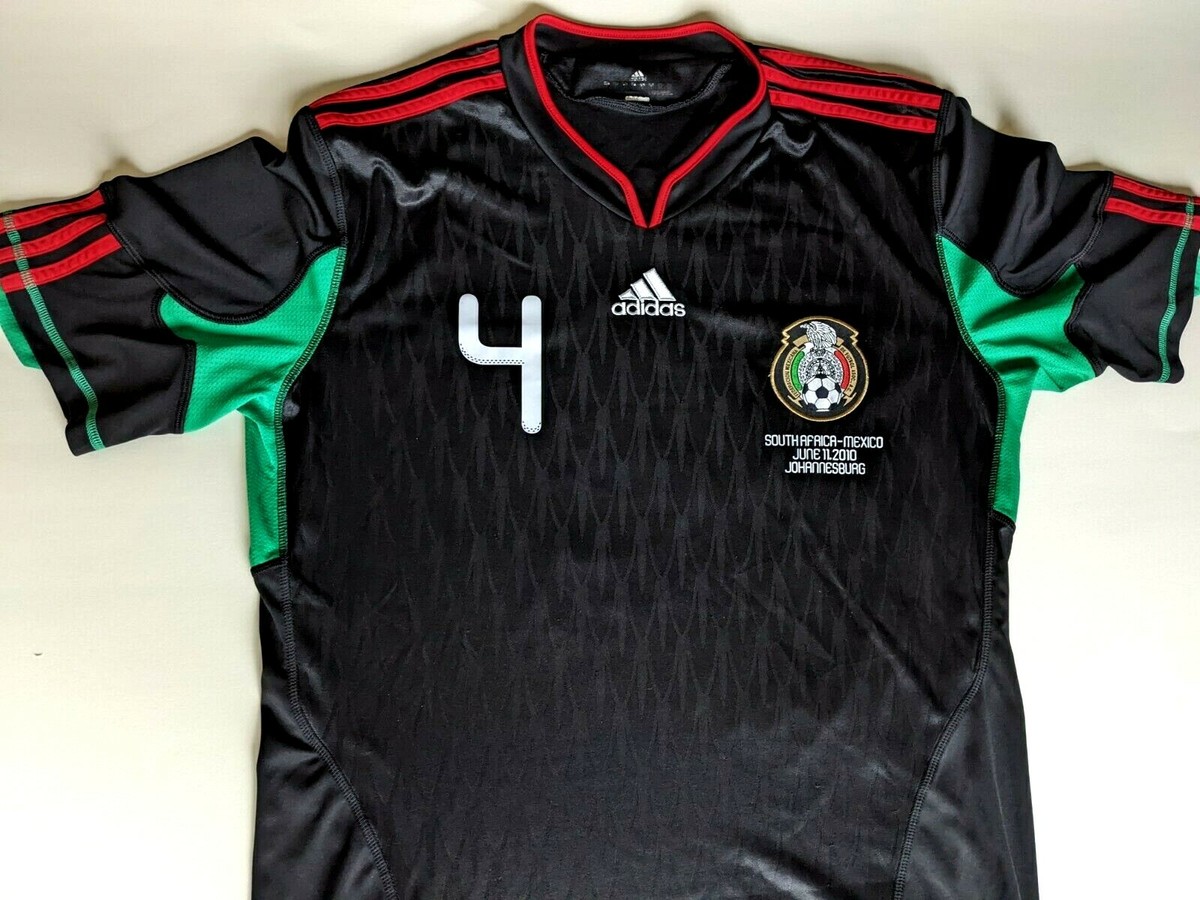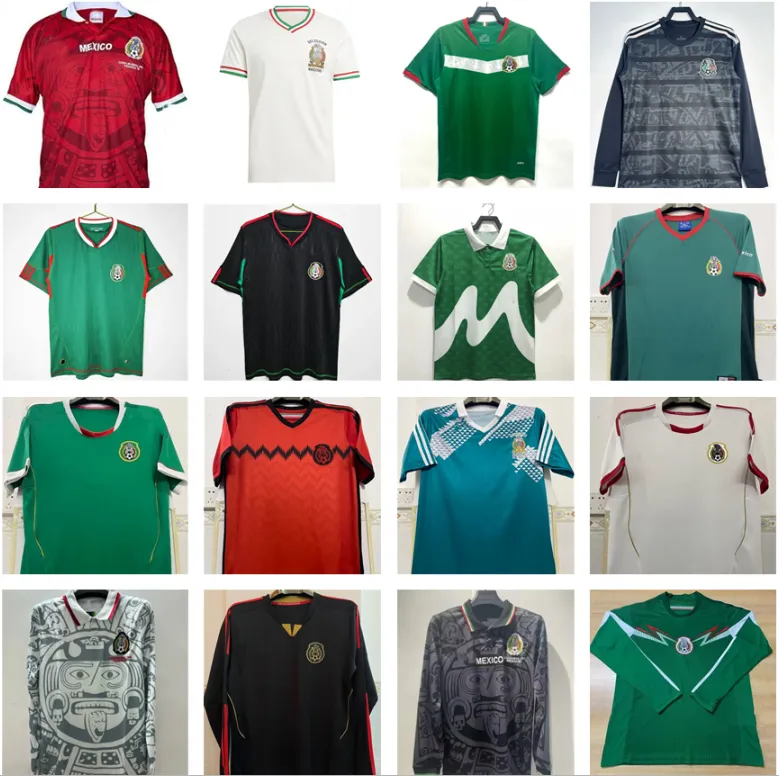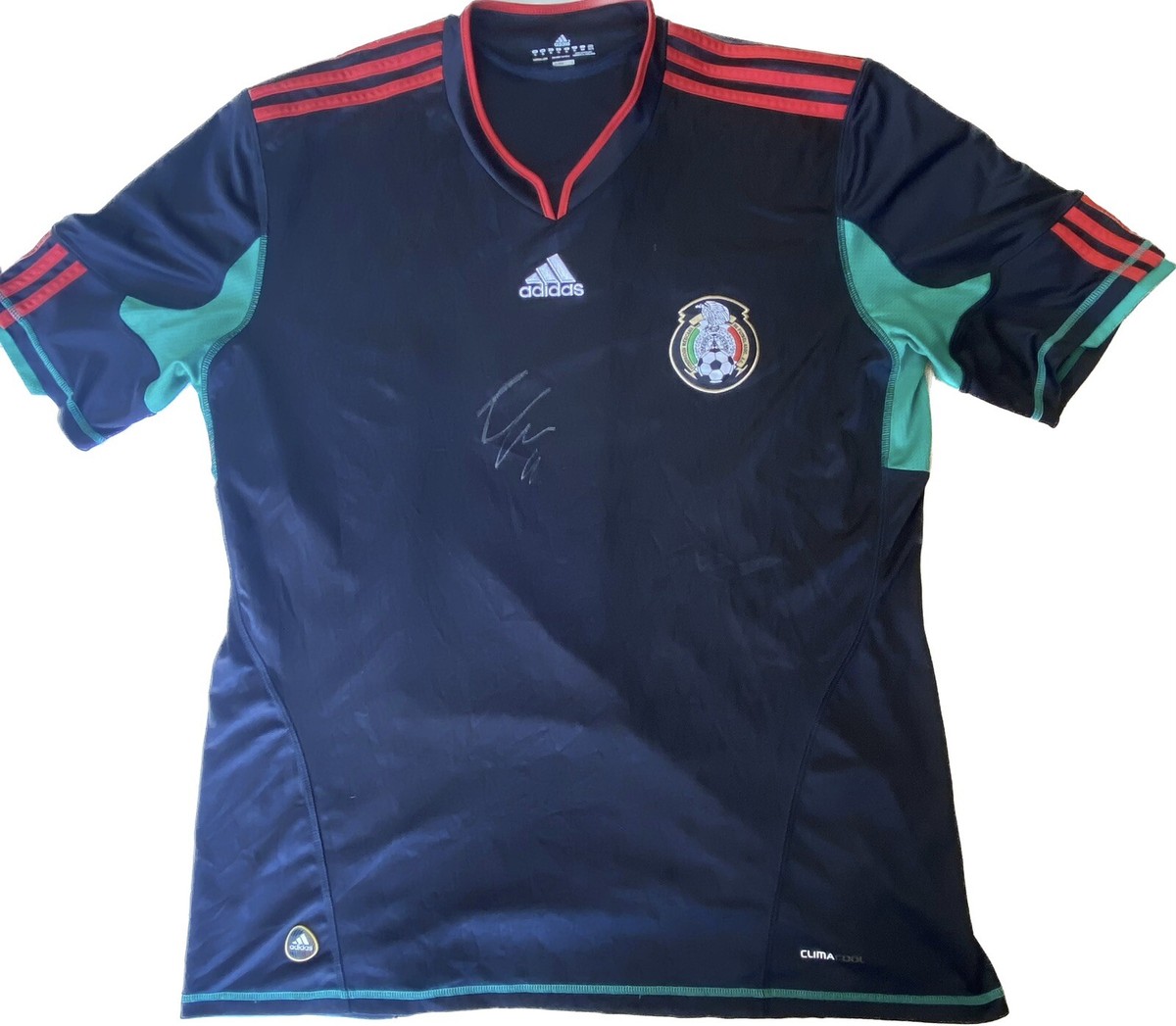The Price Tag That Made Me Spit My Coffee
You know how it goes. I was just tossing around on the internet the other day, maybe looking for some old football highlights. Then, boom, the 2010 World Cup pops up. And you can’t think of 2010 without thinking of that absolute banger of a Mexico kit. That dark green beauty with the crazy Aztec calendar pattern stitched right into the body. I remembered wanting one so bad back then, but I was broke.

So, this time, I thought, “Screw it, I’m an adult now, I’ll finally grab one.” I figured, maybe fifty bucks? Seventy, tops? Man, I just typed the name into a couple of those secondary market sites, and my jaw dropped. We’re talking three hundred, sometimes four hundred dollars for a shirt that’s fifteen years old. What the actual hell? That kicked off my whole little investigation, because there was no way I was dropping that kind of money without figuring out where that price tag came from.
The Deep Dive: Separating the Player from the Fan
My first move was pure digging. I hit up every forum, every collector group, every dodgy looking classified ad I could find. I literally spent three full evenings just scrolling.

What I immediately bumped into was this wall of confusion. You see five shirts, they all look the same, but the prices are all over the place. $150, $250, $450. I had to figure out what was driving the wedge.
I started contacting sellers. Not to buy, but to quiz them. I acted like a buyer who knew his stuff, which I obviously didn’t yet, and I just kept asking the same question: “What makes this specific shirt so expensive compared to the others?”
Here’s what I learned, and what started explaining why the cost went through the roof:

- Player Issue vs. Retail/Fan: This is the big one. The shirt worn by the players (called “Player Issue” or sometimes “TechFit”) is cut differently. It has rubber T-bands, mesh panels, and often the size is a number, not S/M/L. The material is thinner. The sellers kept telling me that the true collectors only want the “Player Issue” version because it’s rarer, and a genuine one is near impossible to find now.
- The Uniqueness of the Design: That Aztec graphic? Adidas hasn’t done a re-release or a design that good since. It’s a one-off classic. High demand, no supply.
- The Age Factor Is a Scam: Most collectors laughed when I brought up the age. They said, “Age doesn’t matter, mate, nostalgia does.” The people who were teens/early twenties when that shirt came out are now adults with disposable income, and they want their youth back.
The Practical Test: Fakes, Fakes, and More Fakes
Once I knew what I was looking for, I realized my next hurdle. The sheer number of fakes out there is terrifying. One guy on a collector’s thread told me that for every real 2010 Mexico shirt he sees listed, ten of them are cheap knock-offs from the late 2010s. This actually contributes to the price of the real ones. Think about it:
When everybody knows fakes are rampant, the price of the authenticated, confirmed-real item goes up even higher because of the trust factor. You’re not paying for the fabric; you’re paying for the guarantee it’s legit.
I drove down to this semi-sketchy vintage sports gear store about an hour away. The owner, an old guy named Leo, let me handle his authentic version. I touched the fabric, I felt the difference in the crest stitching, and I inspected the tag formatting. I compared it side-by-side with a picture of a known fake I had on my phone.

The authentic one felt almost heavy, despite being thinner (if it was the Player Issue). The internal labels looked like they were printed with serious ink, not cheap plastic vinyl. The biggest giveaway, Leo showed me, was the collar tag: fakes often had sloppy alignment.
My Final Takeaway Before You Drop the Cash
So here’s the nuts and bolts of what I figured out after all that legwork. Why is it so expensive?

It’s not just classic supply and demand. It’s a perfect storm of design history, collector snobbery (Player Issue vs. Retail), high-earning nostalgia, and the unavoidable rise in price because the market is flooded with garbage fakes.
I ended up not buying one that day. I walked away knowing the real price was ridiculous, but I also walked away knowing exactly what to look for when I do decide to buy.
If you’re going to buy, you need to commit to authentication. Demand clear pictures of the internal tags, the stitching on the Aztec pattern (it should be complex and deep, not just thin heat press), and the inside seams. If the seller can’t provide that, walk away. Don’t be fooled by the $150 price tag; that’s usually where the high-end fakes sit, just low enough to look like a deal.

You want a real one? Get ready to pay $350 or more. Anything less and you need to ask yourself hard questions about what you’re actually getting. Save yourself the headache and just verify before you pay. It’s a jungle out there.
